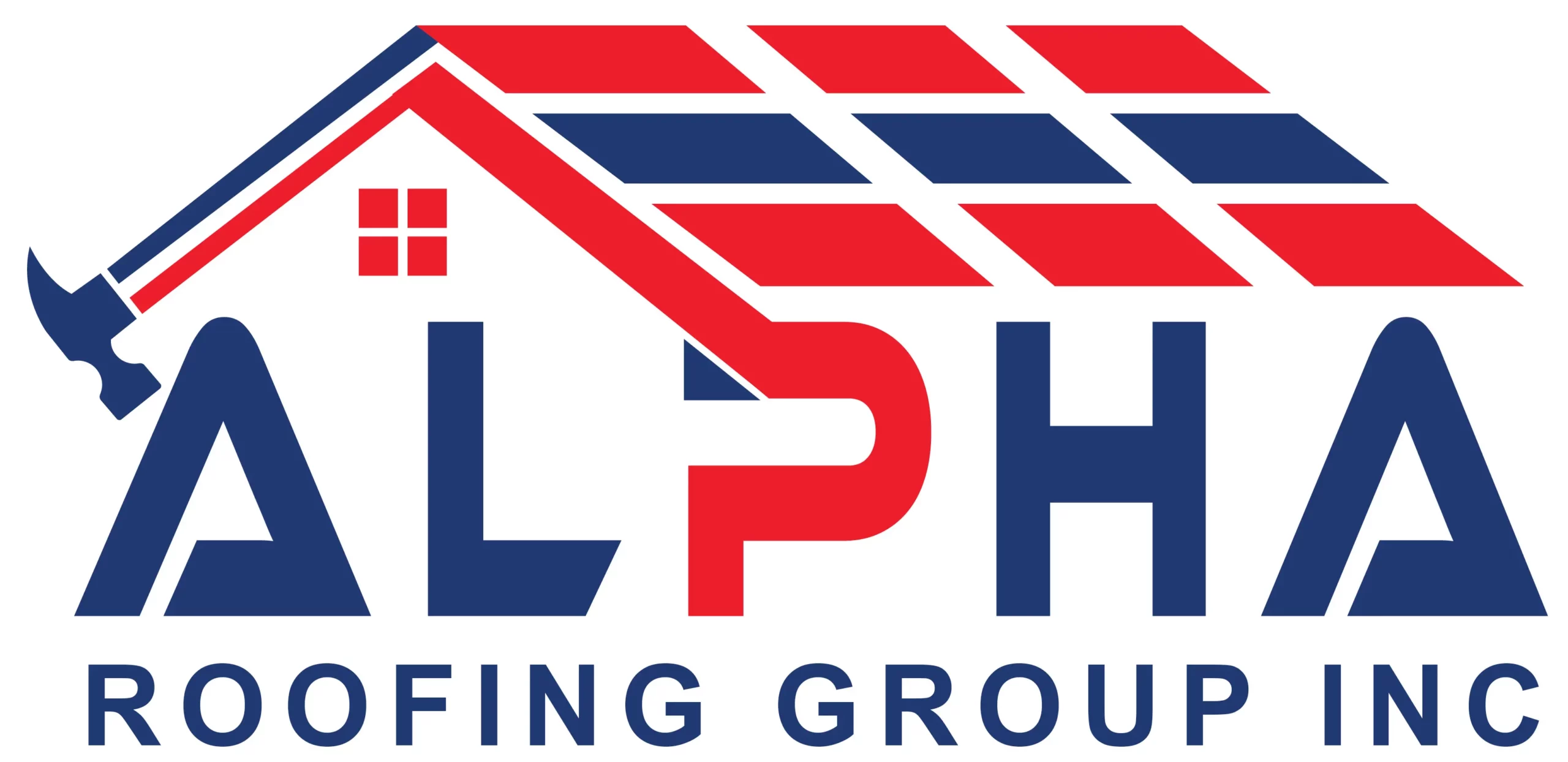The Emergence and Advantages of Commercial Green Roofing
What is Commercial Green Roofing?
In recent years, innovative eco-friendly roofing solutions have become increasingly significant, especially in response to environmental concerns and rising energy costs. Commercial green roofing refers to a specialized roofing system that encompasses vegetation, soil, and a waterproofing membrane, transforming traditional rooftops into sustainable landscapes. This technological advancement serves not only aesthetic purposes but also plays a key role in adapting urban infrastructure to be more sustainable.
Core Components of Green Roofs for Businesses
At the core of energy-efficient roofing in Spring lies a set of essential components that work harmoniously to ensure functionality and sustainability. A typical green roofing system includes a high-quality waterproof layer, a root barrier, a drainage system, growing medium, and vegetation. These components are specifically engineered to support plant life and to withstand the architectural demands of commercial buildings, thereby contributing to the building’s efficiency and structural integrity.
Key Benefits of Green Roofs in Business
Energy Efficiency and Costs Savings
One of the benefits of green roofs in business is their ability to significantly lower operating costs by improving a building’s energy efficiency. For instance, the National Research Council Canada discovered that a green roof can reduce a building
Economic Impact and ROI of Green Roofing
Long-term Financial Advantages
Investing in green roofing presents an array of long-term financial benefits for businesses. By expanding the lifespan of roof materials, green roofs inherently decrease the need for frequent repairs and replacements. A Penn State University study suggests that the very installation of a green roof can extend a building’s roof life by as much as two to three times, lessening the impact of UV rays and temperature fluctuations.
Contribution to LEED Certification
Green roofing can be a pivotal factor in achieving valuable points towards LEED certification for a building. This certification is a globally recognized symbol of sustainability excellence and can significantly enhance a building’s marketability. Moreover, it may provide eligibility for a range of incentives, including tax rebates and zoning allowances that further contribute to a business’s return on investment.
Commercial Building Insulation and Green Roofs
Apart from their visual appeal, green roofs are highly effective as insulation layers for commercial buildings. The vegetation and soil of a green roof system serve as a natural insulator, reducing the need for air conditioning in warmer seasons and heating in cooler seasons. This improvement in energy efficiency reflects directly in reduced utility bills, with some studies indicating a decrease in daily
Ecological and Community Benefits
Countering Urban Heat Island Effect
With rising urban temperatures, the need for solutions to combat the urban heat island effect is more pressing than ever, especially in areas like Santa Clarita. Green roofs have been shown to significantly lower local air temperatures, offering a breath of fresh air in the midst of concrete jungles. This benefit, alongside the added value of creating diverse ecosystems for urban wildlife, underscores the importance of integrating green roofing systems for businesses into contemporary urban planning.
Sustainable Stormwater Management
Another key aspect of commercial green roofing benefits is their capacity for efficient stormwater management. Green roofs absorb rainfall, reducing runoff and the likelihood of sewer overflows during heavy storms. This natural retention and filtration system helps maintain water quality and can decrease the strain on local sewage systems – an environmentally responsible choice for business facilities keen on sustainable commercial practices.
Contribution to Public Welfare and Air Quality
By integrating plants and vegetation, green roofs offer an effective means to improve air quality by filtering pollutants and releasing oxygen. This contribution to public health and environmental well-being is a testament to the shared advantages of commercial green roofing. Businesses can therefore not only showcase their commitment to sustainability but also actively contribute to the welfare of the community they serve
Handy Tips
Tip 1
Investigate a range of sustainable roofing materials, including reclaimable rubber, metallic options, or reflective roof coatings to cut down on future energy expenses.
Tip 2
Explore the installation of plant-based roofing systems that not only enhance thermal regulation but also mitigate stormwater runoff and elevate the air purity surrounding your business premises.
Tip 3
Assess the benefits of green roofing systems that offer extended durability and service life, which can lead to a decrease in the need for regular roof repairs and renewals.
Tip 4
Examine the potential for green roofs to support your pursuit of LEED certification, which could open the door to fiscal perks and bolster your business’s public perception.
Tip 5
Review springtime maintenance strategies specific to green roofs in the Santa Clarita region to maintain peak condition and extend the lifespan of your eco-friendly investment.
Commonly Asked Question
What are the primary benefits of commercial green roofing for businesses?
Commercial green roofing offers numerous benefits including energy efficiency with cost savings due to improved building insulation, extended roof life reducing repair and replacement costs, and potentially lower utility bills. Additionally, they can contribute towards LEED certification, enhancing a building’s marketability and eligibility for certain incentives. Ecologically, green roofs help counteract the urban heat island effect, manage stormwater efficiently, and improve air quality by filtering pollutants.
How does commercial green roofing impact the longevity of roof materials?
The installation of green roofs protects the underlying roof materials from UV rays and temperature fluctuations, which can extend a building’s roof life by as much as two to three times, according to a Penn State University study. This means commercial green roofs can decrease the frequency of necessary roof repairs and replacements, providing long-term financial benefits for businesses.
Can commercial green roofing contribute to a building’s LEED certification?
Yes, commercial green roofing can significantly contribute towards achieving LEED certification for a building. This globally recognized symbol of sustainability excellence not only boosts the environmental credentials of the business but may also unlock a range of financial benefits such as tax rebates, zoning allowances, and increased marketability for the property.
How does green roofing improve a building’s energy efficiency?
Green roofing acts as a natural insulator





